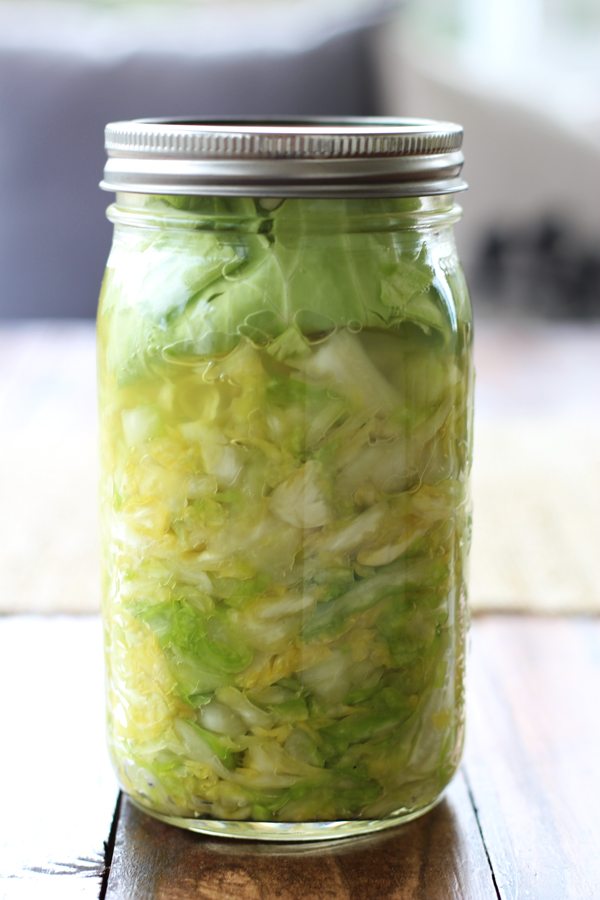
When I first started making sauerkraut I was totally freaked out by the idea of letting vegetables sit on my counter for a week. And then I was supposed to eat that? I was worried that I would make myself sick or it would mold or taste awful. The reason I even wanted to make it in the first place was purely for health reasons. I read , “The Body Ecology Diet”, by Donna Gates and she stresses that cultured vegetables should be eaten daily to aid in digestion, heal the gut and aid in the absorption of vitamins and minerals. Along with many other benefits. Anyway, I had a hard time finding true step-by-step instructions on how to prepare the cabbage. Reading the recipe wasn’t good enough, because it left me with more questions, like how much salt to add, how to make the brine, what was it supposed to look like after a week, etc. I found some YouTube videos on making it and finally got up the courage to do it myself.
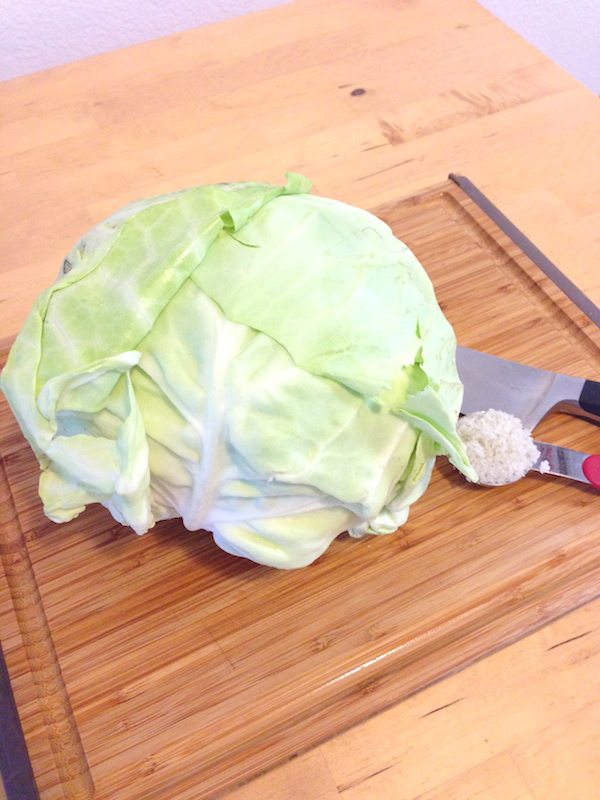
So, I thought a post where I explained step-by-step the method I use to make basic lacto-fermented sauerkraut would be really helpful to you. In this method I will be using mason jars as a fermentation vessel, because they are cheap, easy to find, and most people have them lying around their house these days. This is the bare bones recipe. If this is your first kraut, start here.
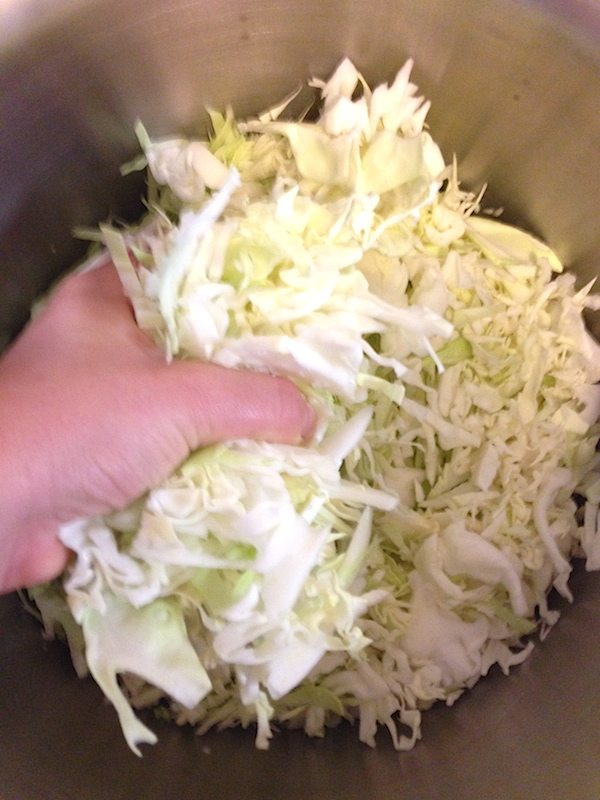
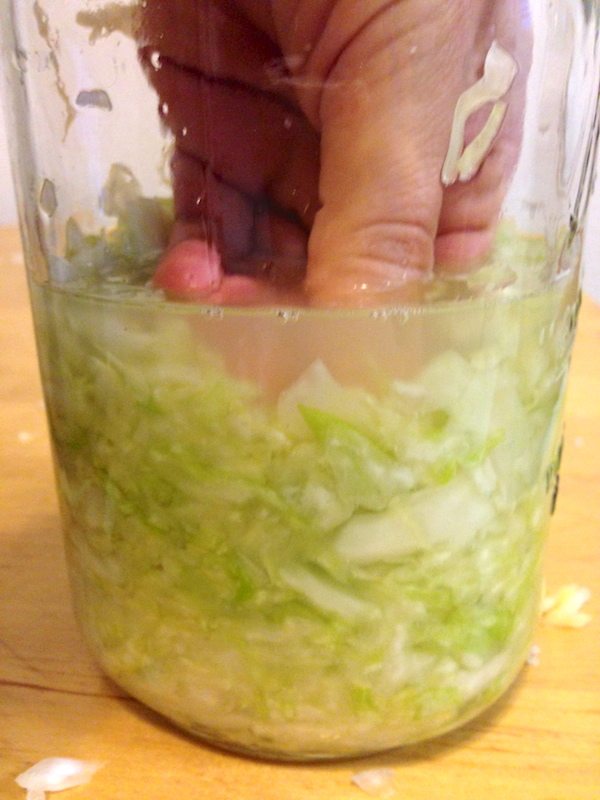
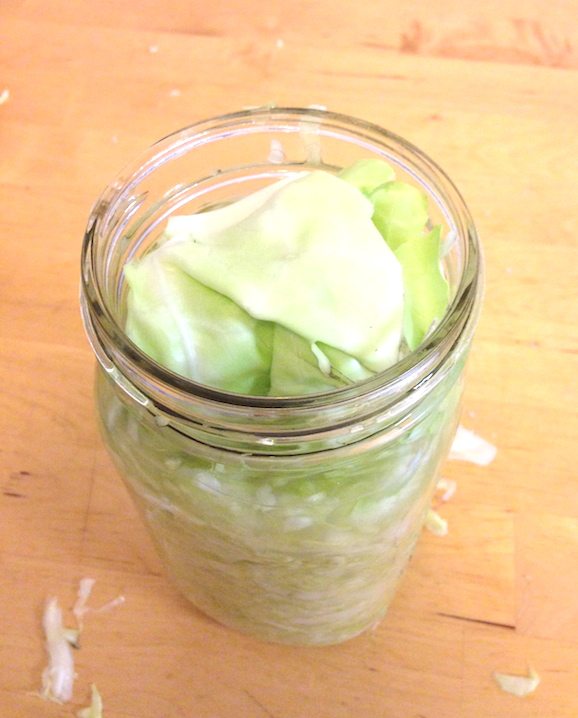
Another note: It is almost impossible to mess up this recipe if you follow my instructions. By keeping the vegetables submerged under liquid, you create an environment where mold cannot grow. If any scum appears, remove it with a spoon. The rolled up cabbage leaves may turn brown or look yucky. Don’t worry, you will not be eating these leaves. Only eat the vegetables that were submerged under the brine.
Variations: The possibilities are endless. You can experiment with purple cabbage, add in carrots, garlic, beets, ginger and any other veggies in different combinations that sound good to you.
Resources:
‘The Art of Fermentation” by Sandor Ellix Katz
“The Body Ecology Diet” by Donna Gates
Original article and pictures take www.fermentedfoodlab.com site
Комментариев нет:
Отправить комментарий